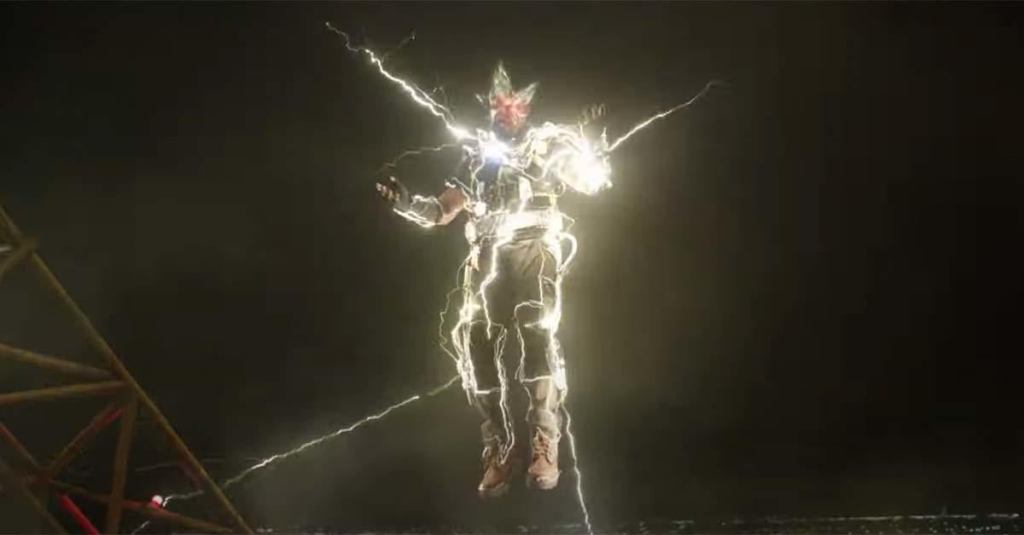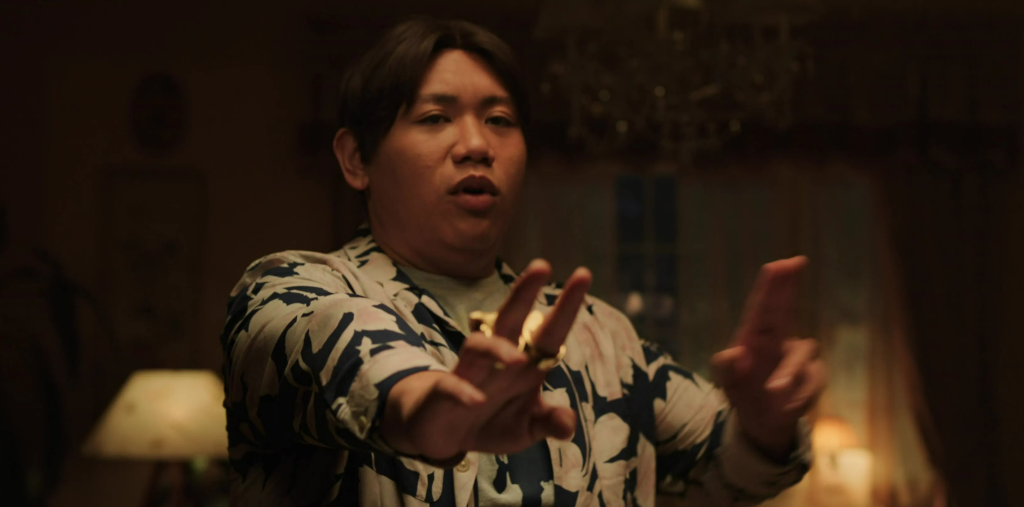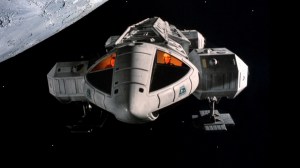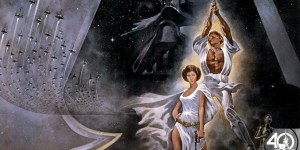Spider-Man: No Way Home stands as one of the Marvel Cinematic Universe’s most ambitious and celebrated movies, bringing together three generations of Spider-Man cinema in a multiversal adventure that delighted fans worldwide. The film shattered box office records and delivered the fan service moment of the decade, with Andrew Garfield, Tobey Maguire, and Tom Holland sharing the screen as different versions of the iconic web-slinger. Beyond its nostalgic appeal, the movie tackled complex themes of responsibility, sacrifice, and second chances, culminating in Peter Parker’s heartbreaking decision to let the Sacred Timeline forget his identity to restore the multiverse.
Videos by ComicBook.com
Despite the emotional resonance of its story and the exhilarating character interactions, Spider-Man: No Way Home still contains several logical inconsistencies that even the most devoted fans struggle to reconcile with the MCU’s established rules. While viewers were swept up in the excitement of seeing Willem Dafoe’s Green Goblin and Alfred Molina’s Doctor Octopus return to the big screen, these narrative gaps become more apparent upon repeat viewings and continue to puzzle audiences long after the film’s release. Here’s our pick for the three most baffling aspects of Spider-Man: No Way Home:
Electro’s Unexplained Knowledge of Peter Parker

Jamie Foxx’s return as Max Dillon/Electro created one of No Way Home‘s most glaring inconsistencies. According to the film’s central premise, Doctor Strange’s (Benedict Cumberbatch) botched spell was specifically pulling in people from across the multiverse who knew Peter Parker was Spider-Man. This rule forms the foundation of the entire plot and explains why villains like Norman Osborn/Green Goblin and Otto Octavius/Doctor Octopus appear. However, in The Amazing Spider-Man 2, Max Dillon never discovers Spider-Man’s secret identity before his defeat. In fact, his character arc revolves around feeling betrayed by Spider-Man as a public figure, not Peter Parker personally.
Spider-Man: No Way Home never acknowledges this contradiction, leaving viewers to speculate about off-screen revelations or potential universe differences that might explain Electro’s presence. This oversight becomes even more puzzling when Electro himself comments on his surprise at discovering Peter is “just a kid” in No Way Home, confirming he didn’t know Spider-Man’s identity prior to arriving in the MCU. While the excitement of seeing Foxx reprise his role might have distracted audiences initially, this fundamental break in the movie’s established rules becomes increasingly difficult to ignore with each viewing.
[RELATED: Daredevil: Born Again Reveals What Spider-Man Has Been Doing Since No Way Home]
The Problematic Return of Cured Villains

Perhaps the most significant logical puzzle involves the fate of the reformed villains at the film’s conclusion. Doctor Strange’s spell pulled these antagonists from specific moments in their respective universes — often during climactic battles with their Spider-Men. Once cured of their afflictions, they’re returned to those exact moments, creating a series of paradoxes that contradicts the MCU’s previously established time-travel mechanics from Avengers: Endgame and Loki.
Consider Doctor Octopus for example, he’s extracted mid-battle with Tobey Maguire’s Spider-Man, then sent back to that precise moment as a completely reformed individual. This creates an unsustainable time loop where his actions would dramatically alter the original timeline, potentially creating multiple branch realities. The film never addresses these implications, despite the MCU previously emphasizing the serious consequences of timeline manipulation. Furthermore, characters like Norman Osborn would return with knowledge that should prevent their deaths, yet their original films established these events as fixed points. The reformed villains’ returns create a web of temporal contradictions that the movie simply ignores, leaving audiences to wonder how these changes affect the multiverse that Doctor Strange was so desperate to protect in the first place.
Ned’s Inexplicable Magical Proficiency

One of the most convenient yet puzzling developments in No Way Home involves Ned Leeds (Jacob Batalon) suddenly mastering portal creation with Doctor Strange’s sling ring. Without any training, magical background, or even basic instruction, Peter’s “guy in the chair” successfully opens multiple interdimensional portals, a skill that the former Sorcerer Supreme himself struggled to acquire during intensive training at Kamar-Taj.
The scene is played primarily for humor and plot convenience, allowing for the emotional reveal of the alternative Spider-Men, but it undermines the established rules of how magic functions in the MCU. Doctor Strange emphasized that mastering mystic arts requires discipline, study, and innate talent, with portal creation being particularly challenging. While the film briefly attempts to handwave this inconsistency with a throwaway line about Ned’s grandmother believing their family had magical abilities, this explanation falls short, given the significance of what he accomplishes. This narrative shortcut suggests that the filmmakers prioritized the emotional payoff of the multiverse Spider-Men reveal over maintaining consistent internal logic about how magical abilities work in this universe.
What other aspects of Spider-Man: No Way Home makes no sense to you? Let us know in the comments!








